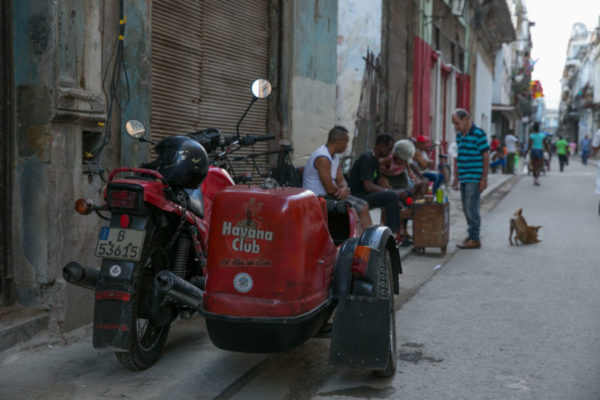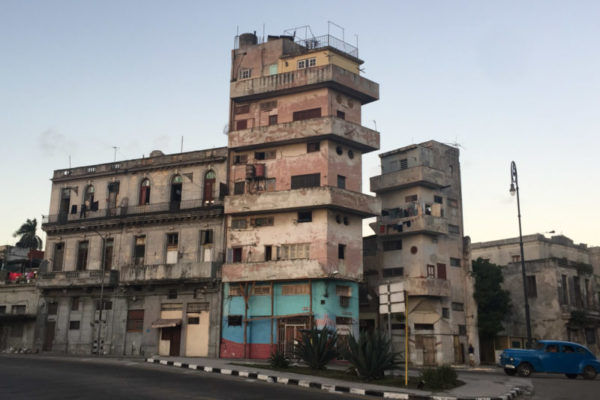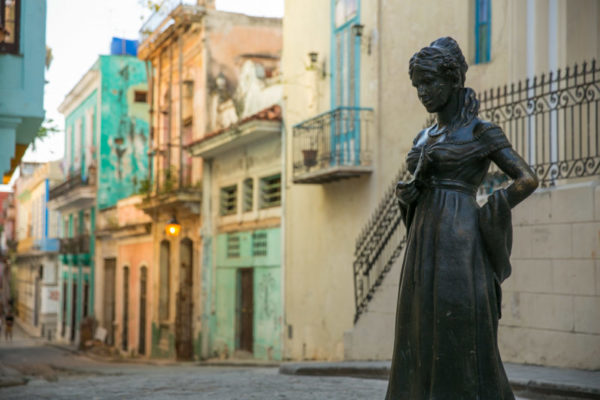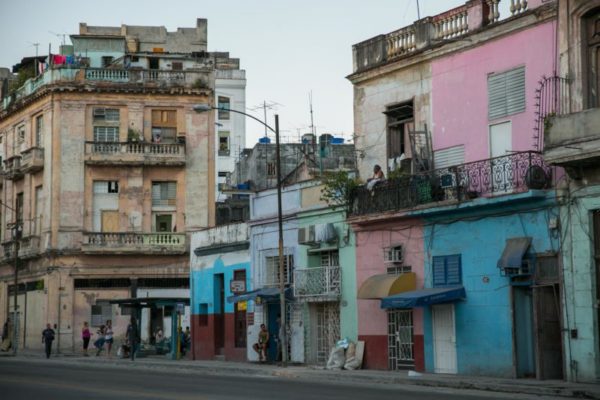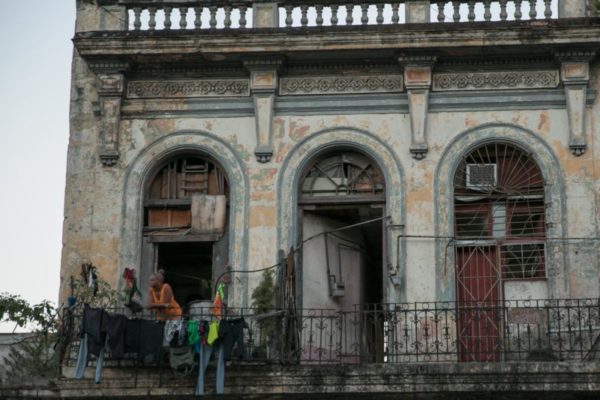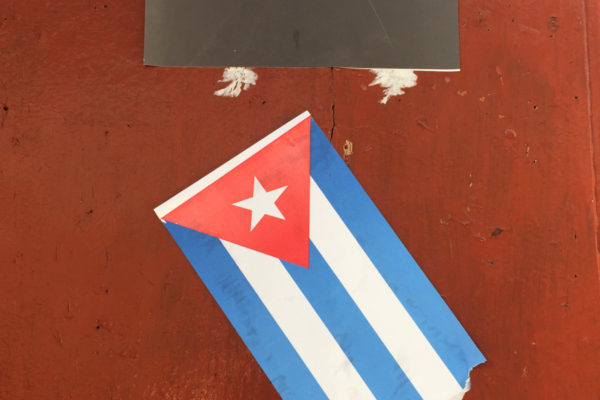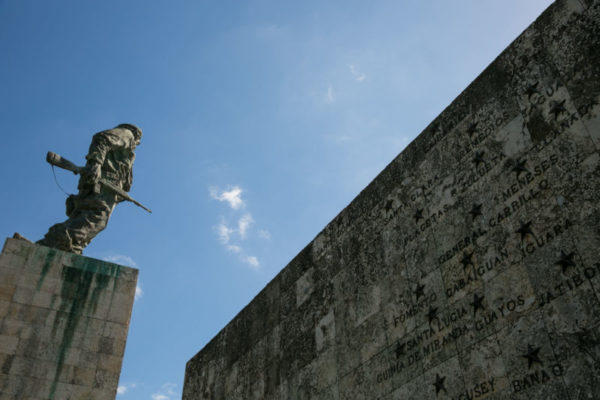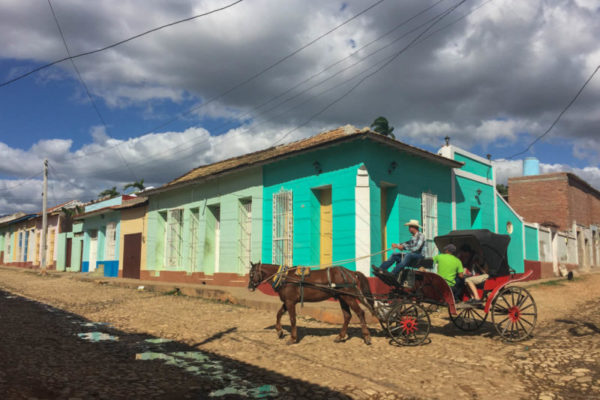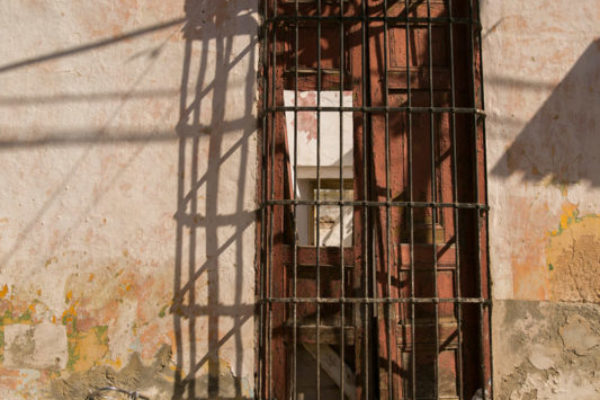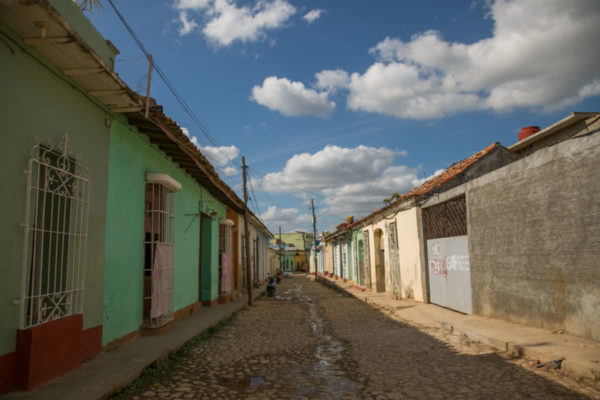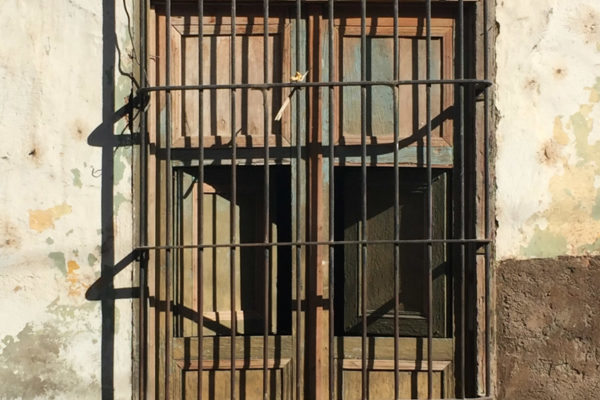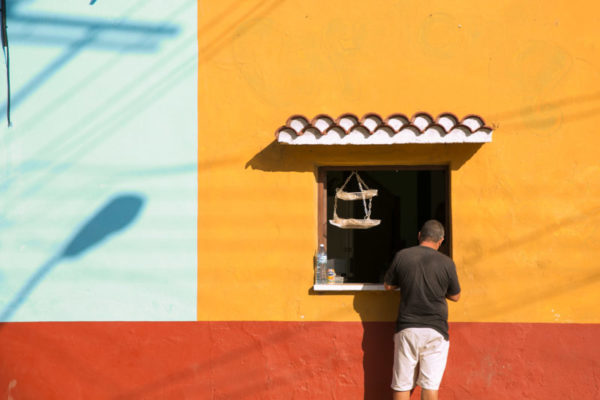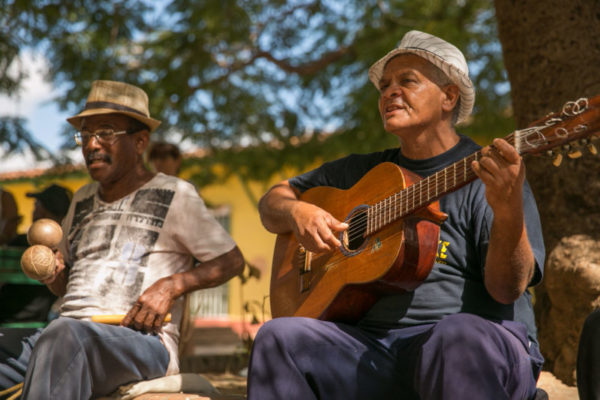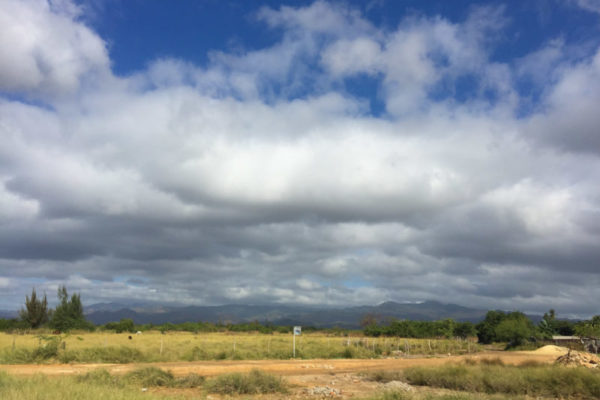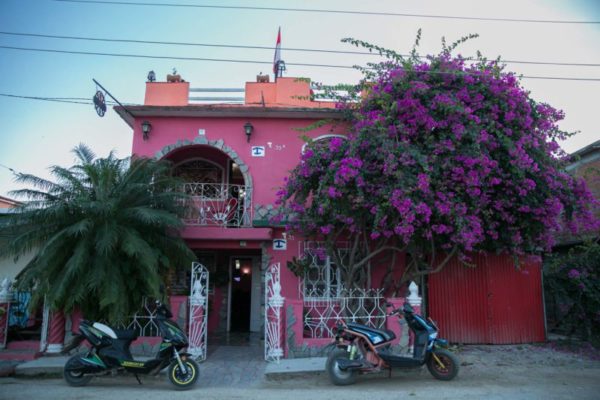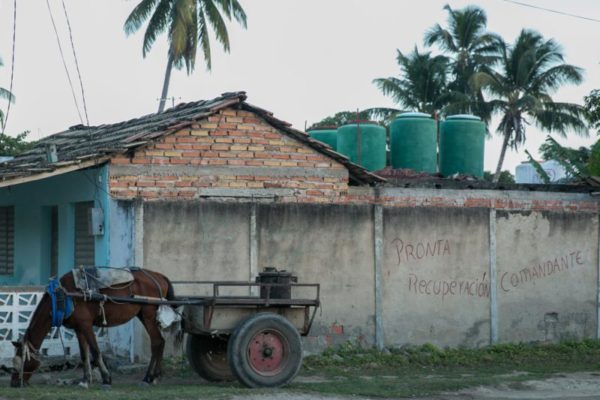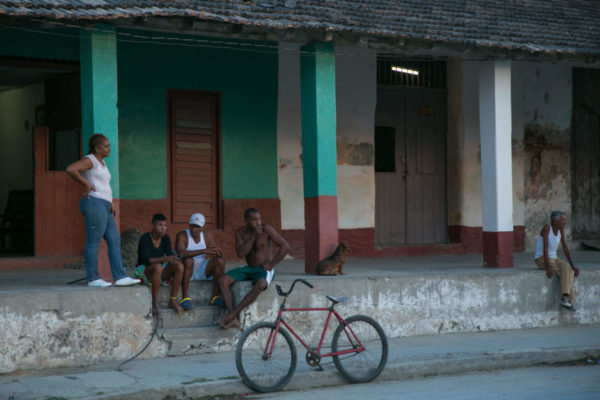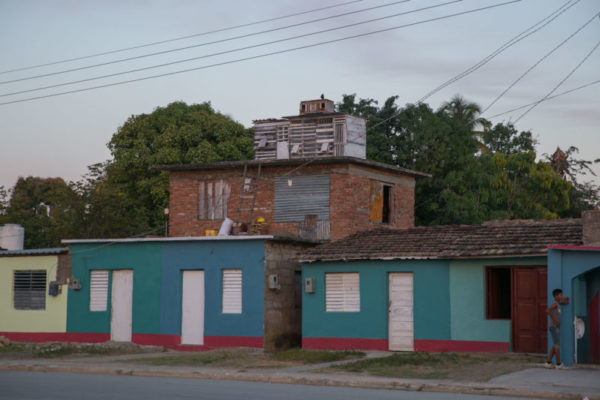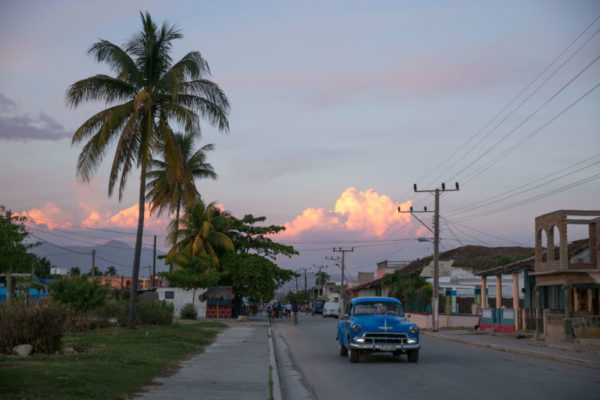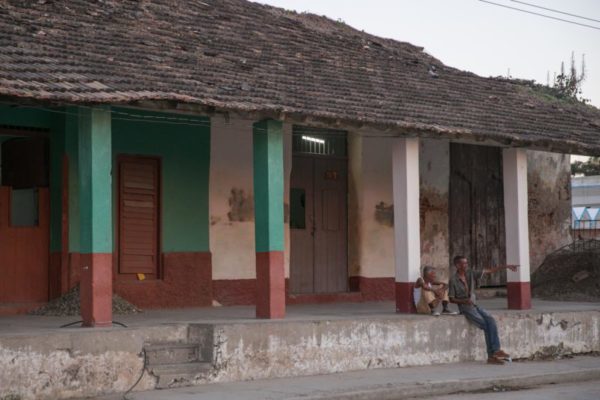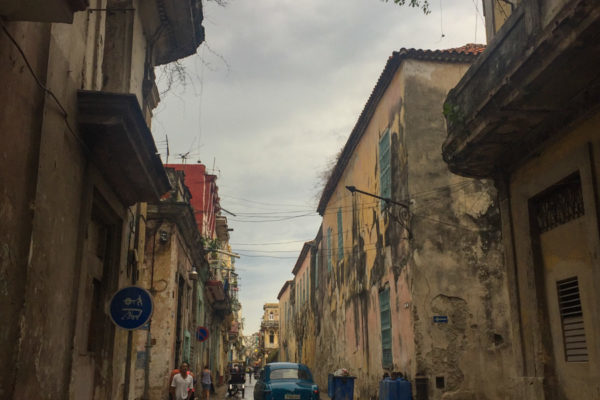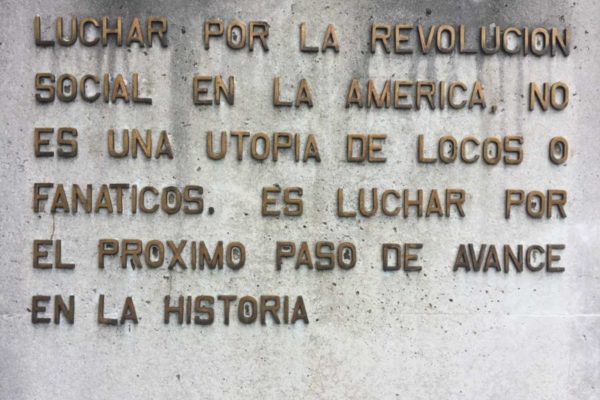Cuba
Cuba is most well-known for it’s revolution, the armed revolt led by Fidel Castro and Che Guevara that overthrew the American-backed authoritarian government of Fulgencio Batista in 1959.
The revolution had powerful domestic and international repercussions. Believing in a Marxist-Leninist model of development, Castro converted Cuba into a one-party socialist state under Communist Party rule and became involved in sparking revolutions throughout the developing world. This transformed Cuba’s relationship with the United States, who imposed a commercial, economic and financial embargo that lasted 55 years and attempted multiple covert operations to topple the Communist regime. Despite this aggression, the Castro regime fundamentally changed Cuban society and the education and healthcare systems became the envy of countries not only from the global south, but also from the global north.
In more recent years, Cuba has been a developmental anomaly. While it has some of the highest numbers of schooling in the world it also has one of the lowest economic growth rates, a direct consequence of the long-term embargo. The average salary is only US$30 per month, most enterprises are entirely run by the state, and infrastructure across the country is in a state of disrepair. Despite this, there is a vibrancy to Cuba, a uniqueness that cannot be compared, and it raises questions about what we consider ‘development’ to be.
Cuba recently opened its borders to the US after restoring diplomatic relations under the Obama administration. With an influx of American tourists keen to be seen riding the iconic 1950’s cars or taking selfies with communist symbols, the country is rapidly changing. While globalisation is a reality, I hope that Cuba will find a way to retain its unique character and not be swept away in the capitalistic ways of the rest of the world.
